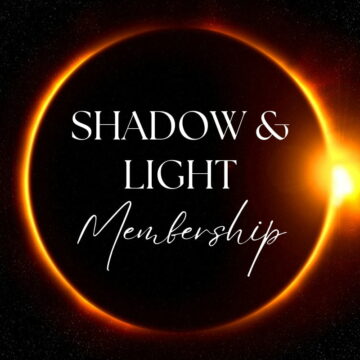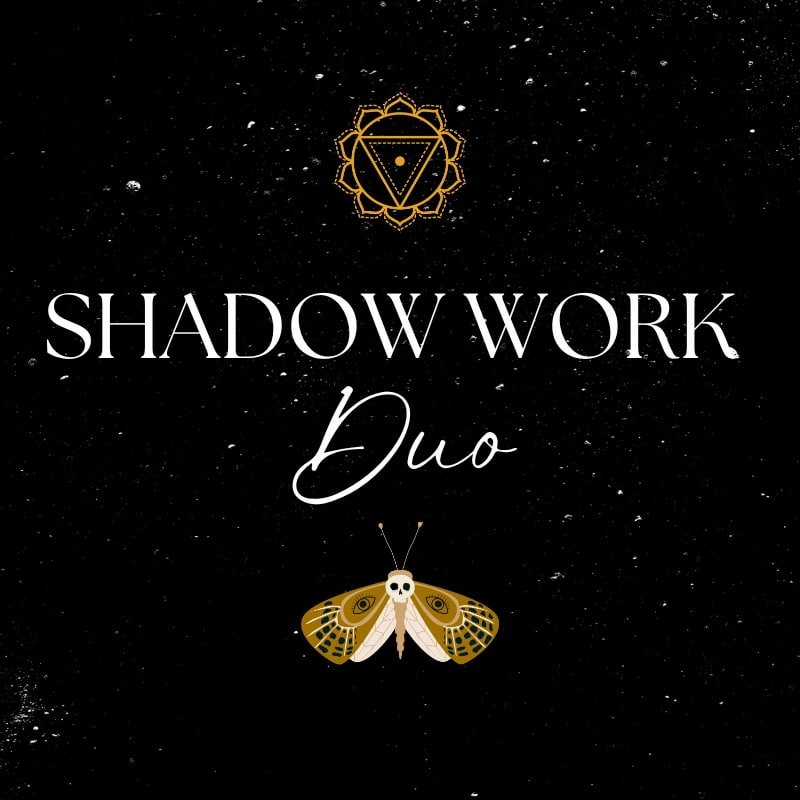I’d like to learn more about…
Start Here
Below are the portals to each stage of the spiritual awakening journey (beginning with ‘Spiritual Calling’ and ending with ‘Integration’ – please note that this journey is cyclical, not linear). Click on any that intuitively call to you and you’ll find further guidance:
Featured Product

Dark Night of the Soul Journal:
⭐️⭐️⭐️⭐️⭐
"Thank God I found this Journal as I’ve been stuck in this Dark Night of the Soul for over 3 Years, and it been like a living Hell. I could not explain it to anyone, but when reading the LonerWolf site and about the Dark Night, it answered everything. Thank you so much Luna and Sol you have given me my life back. Now I can start my journey home to my purpose and help others." – Nick
Order Now!
Recently Published
All of our latest content is featured below. Choose one that calls to you!
Our Membership
Feel supported each week and learn how to find a deeper connection with your True Nature, Soul, and life purpose through ongoing intuitive shadow work guidance!
Tests
Grow in self-understanding and self-love. Explore the realm of your personality, your gifts, and your unconscious mind for greater inner direction:
See more of our Free Tests →
Popular Products
Find more products in the Shop →
Help Me Choose
Can’t decide what to buy from our shop? Take this quiz to find what would best suit your current struggles and interests.
Join The Discussion
Well, this test has opened my eyes a bit, and I’m eager to explore this archetype more. I got: The…
Every single line resonates within me. Every single line is spot on. I walked through turmoil for so long I…
Interesting article, as ever. Part of it chimes with the wisdom of Alan Watts who said that solitude is necessary…
My Enneagram test showed that I am The Perfectionist.
Ask The Wolf
Let the spirit of the Wolf guide you.
The Wolf is a primal symbol of our innermost courage, compassion, authenticity, and intuition – a Soul Guide for those walking the path less traveled and navigating the spiritual awakening journey.
Take a moment to get grounded, connect with your heart, and think of a question you’d really like an answer to. When you’re ready, click the button below, and you’ll receive immediate guidance.


























Hmmm i have never heard of the term toxic lone wolf before. Sorry but sounds like bs to me. Lone…